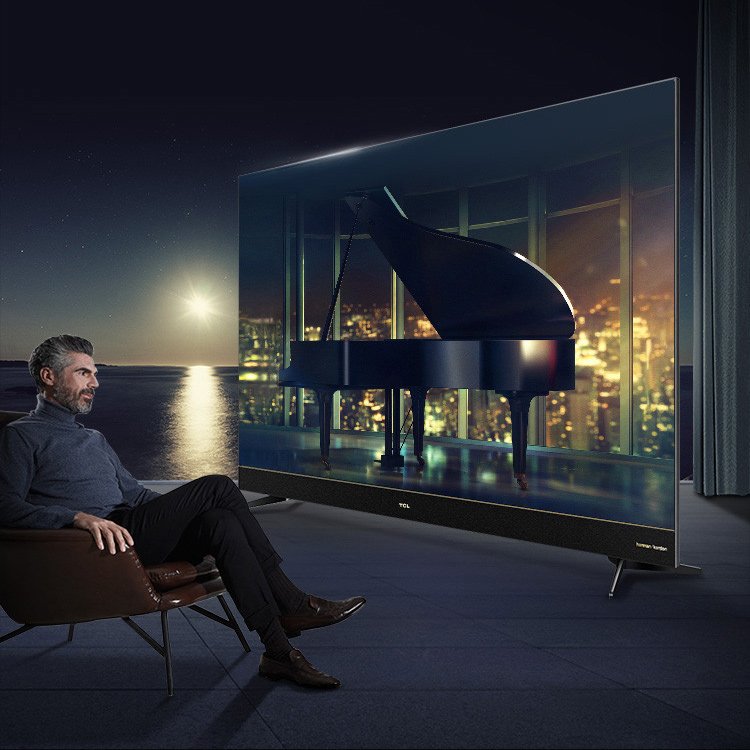AI Smart TV: Redefining Home Entertainment
Artificial Intelligence has transformed televisions from passive display devices into intelligent home entertainment hubs. Modern AI Smart TVs integrate machine learning, computer vision, and natural language processing to deliver personalized experiences that adapt to user preferences in real-time.
Core Features of AI Smart TV
- Voice & Gesture Control
Built-in digital assistants (Google Assistant, Alexa, Bixby) enable hands-free channel switching, search queries, and smart home device control. Advanced models support facial recognition for personalized profiles and gesture-based navigation. - Content Personalization
AI algorithms analyze viewing habits to recommend shows, adjust picture/sound settings automatically, and even predict preferred content based on time/weather data. Some TVs now generate personalized trailers for users. - Enhanced Picture & Sound
Neural processors upscale resolution dynamically, optimize HDR effects, and create virtual surround sound. Models like LG’s “α9 Gen7 AI Processor” use deep learning to reduce motion blur and improve low-light scenes. - Multi-Device Integration
AI enables seamless mirroring from smartphones, voice-controlled smart home management, and even live sports statistics overlays when connected to wearables.
Market Impact
The global AI TV market is projected to reach $35 billion by 2027 (CAGR 19.2%). Leading brands like Samsung, Sony, and TCL are integrating AI chips directly into TV processors, eliminating the need for external streaming devices.
Future Trends
- Emotion Recognition: Cameras detecting viewer emotions to adjust content
- Generative AI: Real-time subtitle/dubbing generation
- Health Monitoring: Eye-tracking for fatigue alerts
- Metaverse Integration: VR/AR content viewing on large screens
OEM AI Smart TVs are evolving from entertainment centers to full-fledged digital assistants, blurring the line between technology and human interaction.








